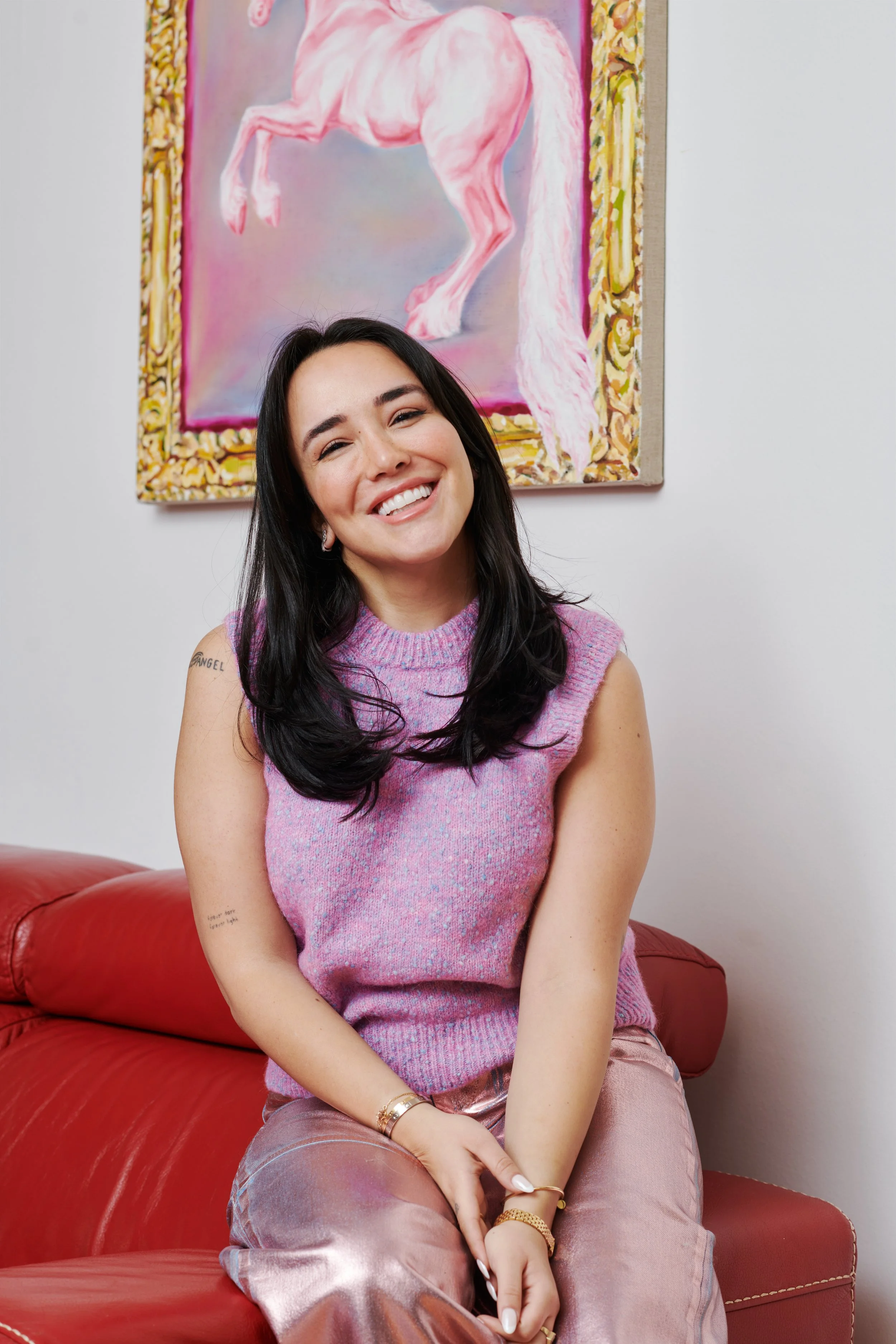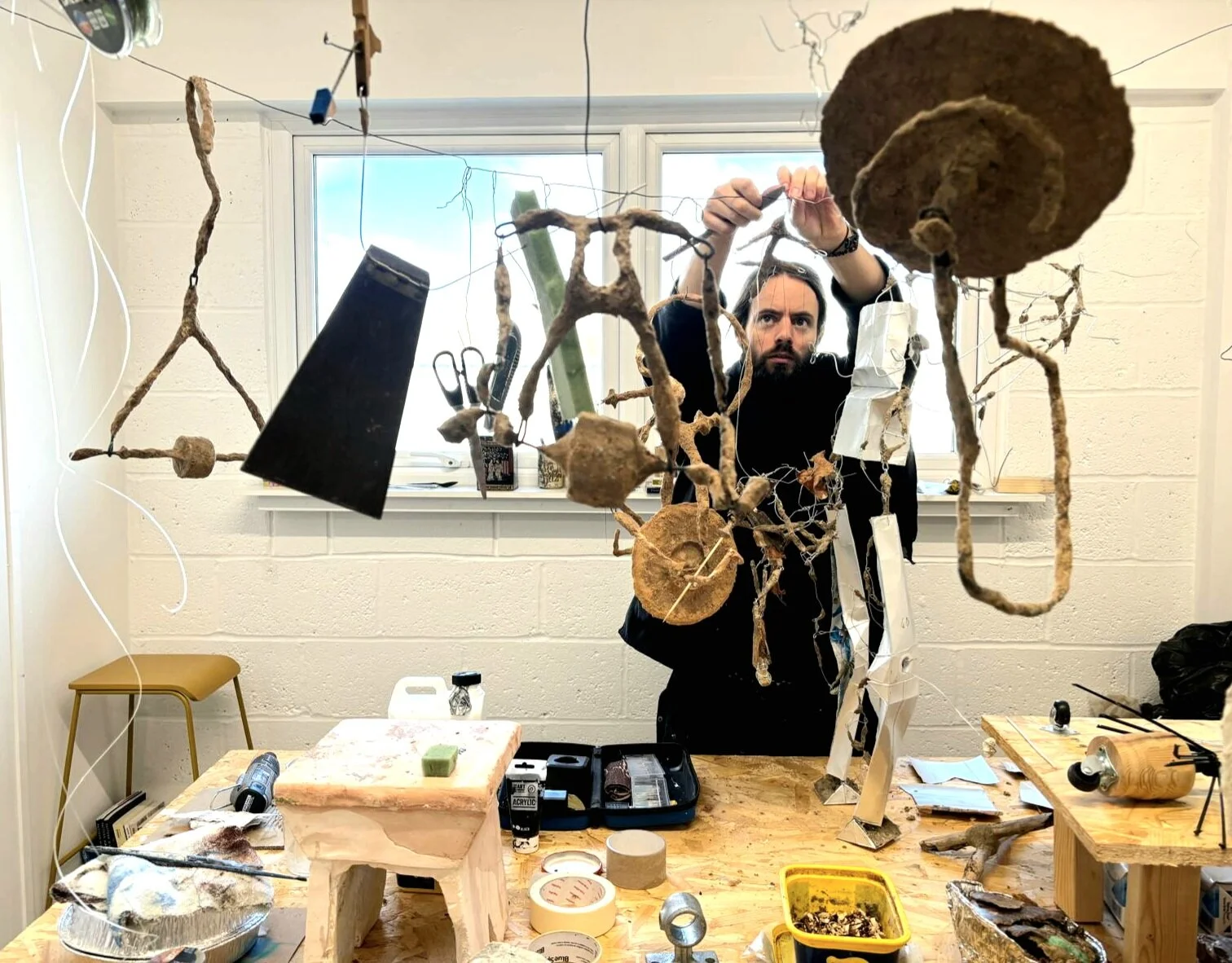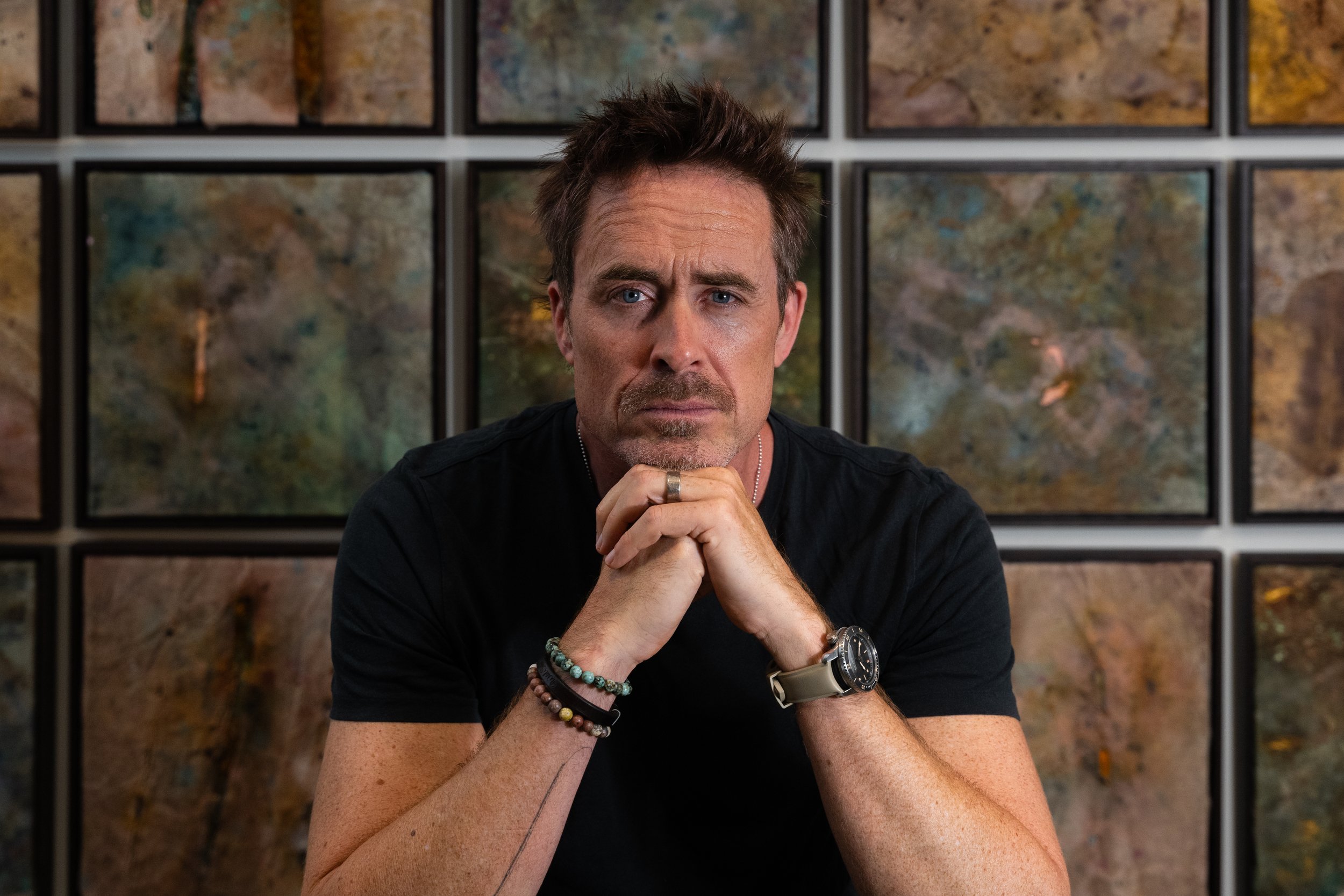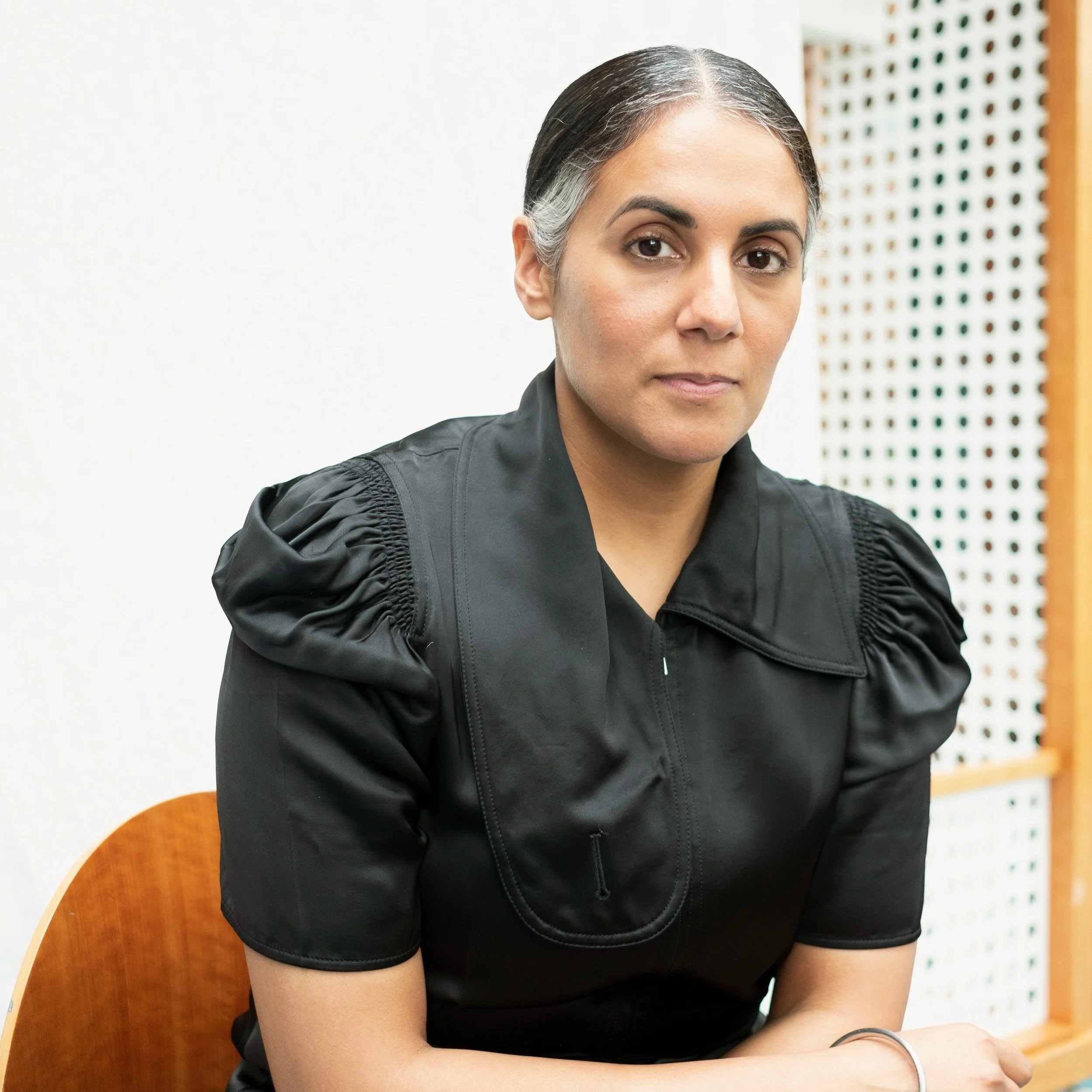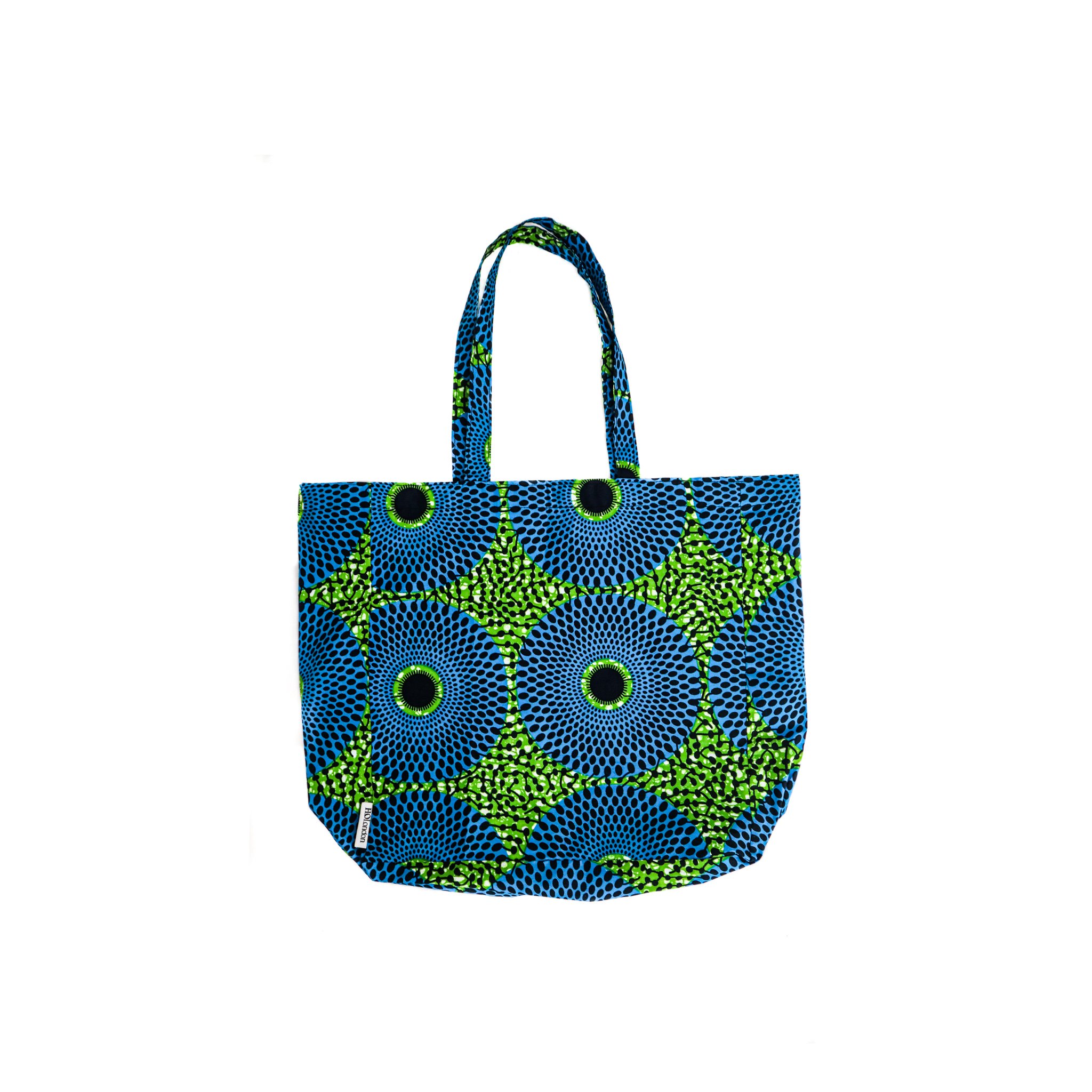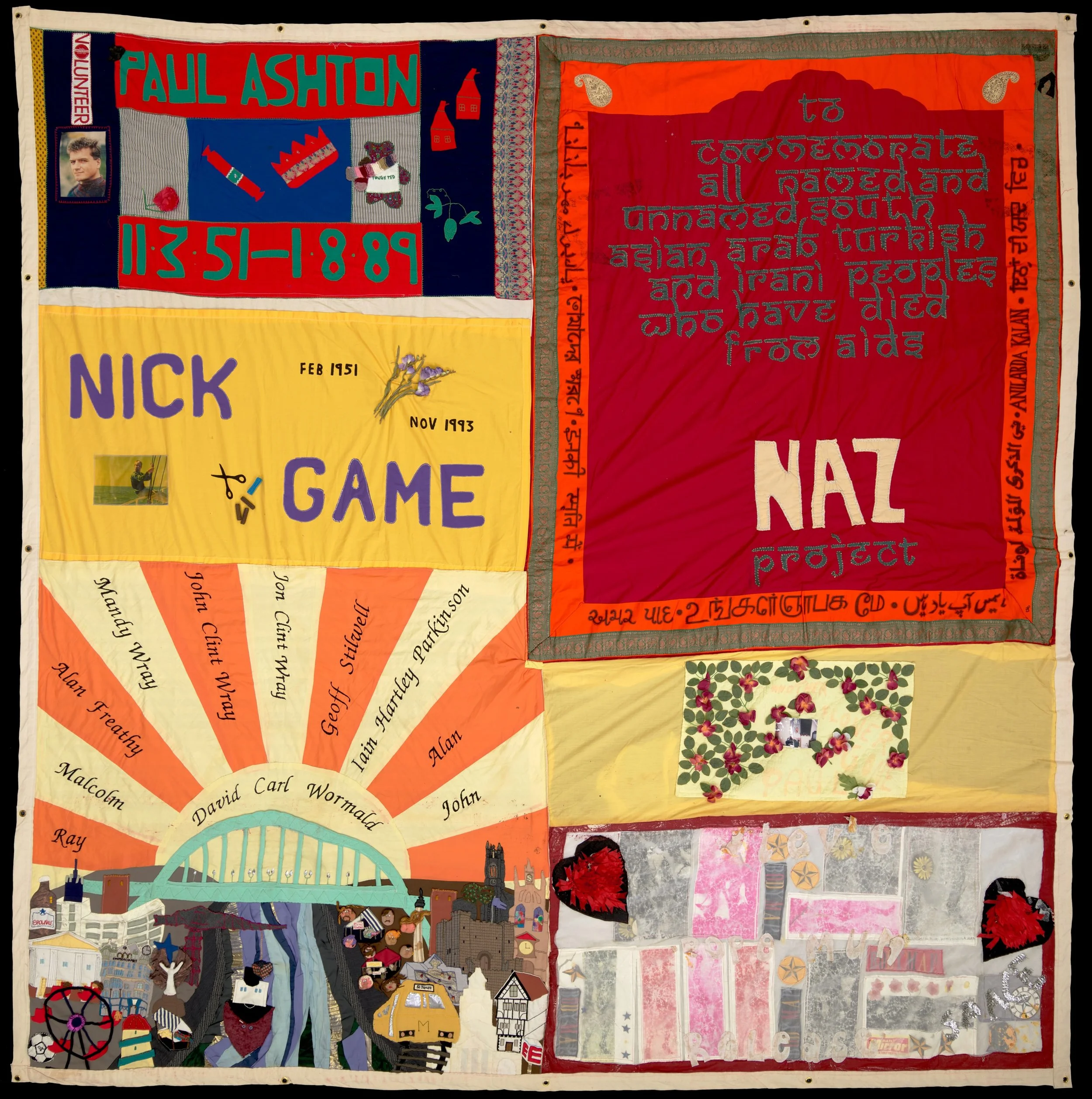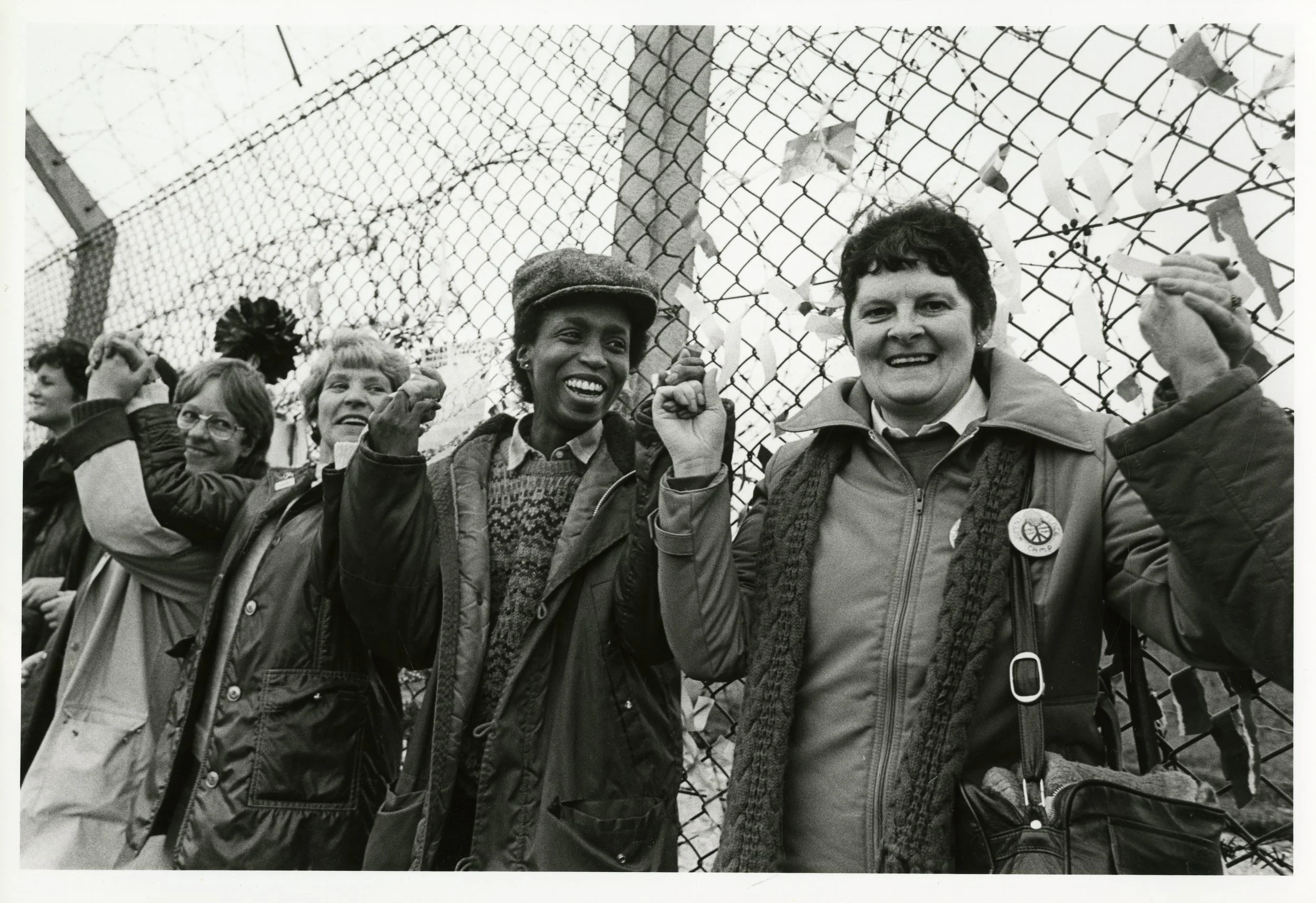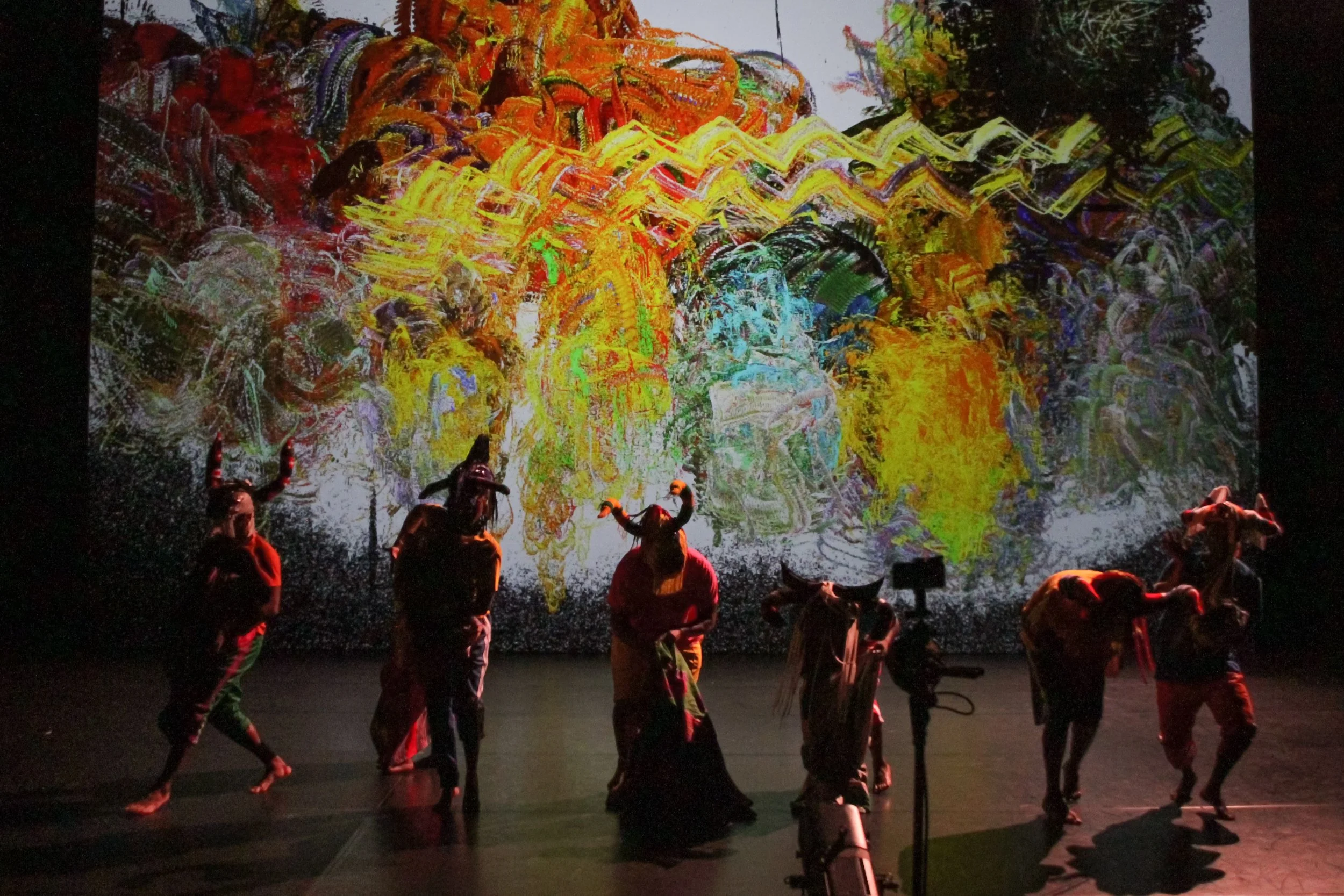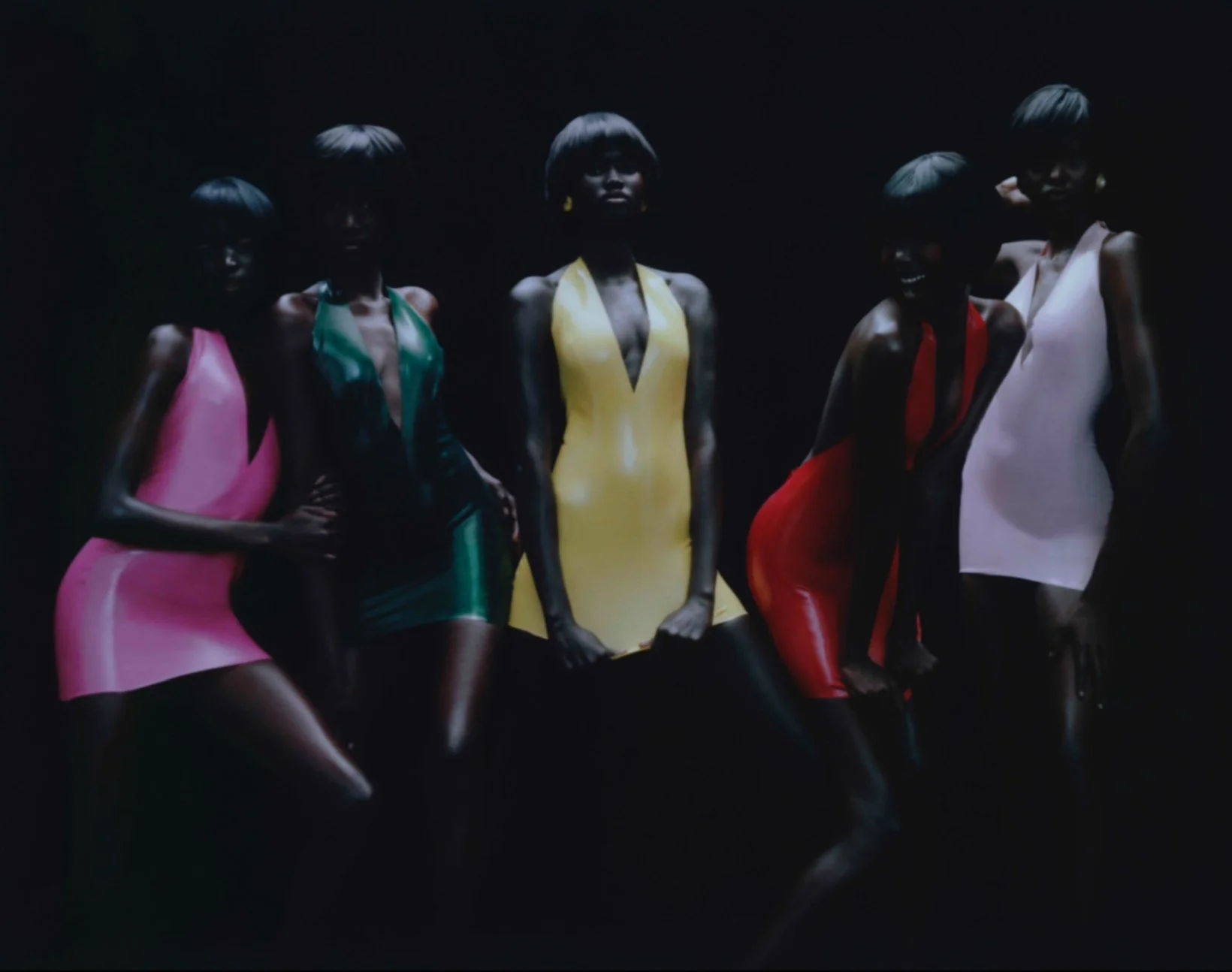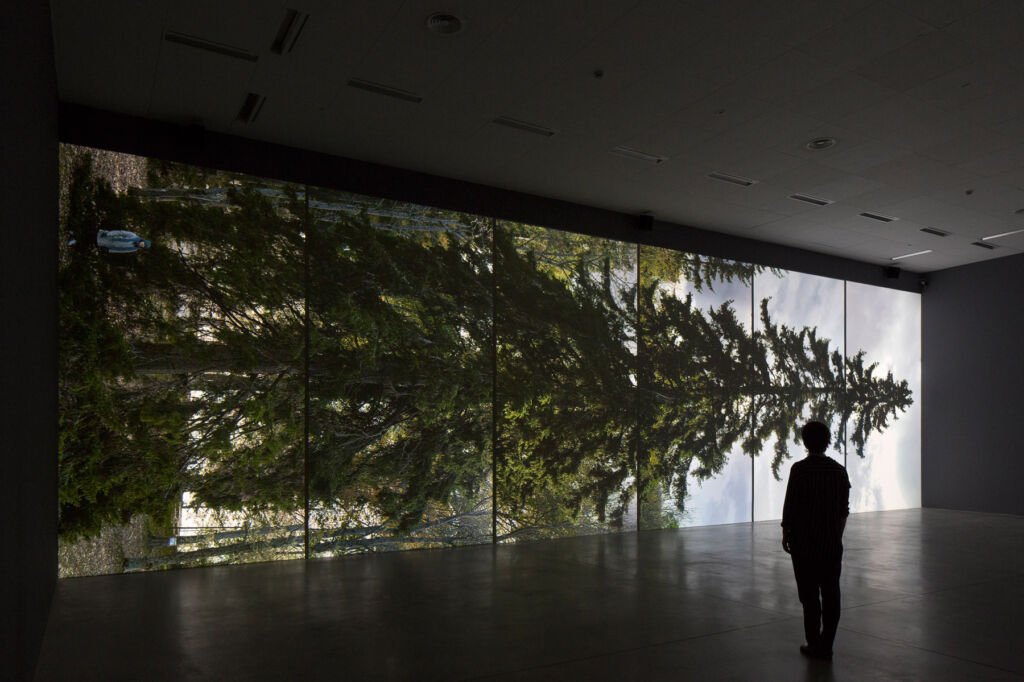In conversation with Gigi Surel
“Teaspoon Projects is about providing additional tools for audiences to connect with contemporary art and artists. We aim to bridge the gap between broader audiences and emerging artists…”
- Gigi Surel
Gigi Surel. Photo credit Betty Oxslade-Martin.
Teaspoon Projects – a misleadingly cute name for an intelligent, cerebral and acutely cultural initiative dedicated to exploring the intricate layers of contemporary storytelling. Launching soon in London with its first exhibition and cultural programme, Teaspoon Projects combines visual arts and literature, celebrating contemporary storytelling across mediums, and encouraging audience participation through curated events. Inspired by French writer and filmmaker Georges Perec, in particular his novel Life: A User’s Manual, Teaspoon Projects also takes its name from this text, which unfolds as one radical act of attention: “Question your teaspoons.”
Georges Perec's phrase, like this exhibition, is an invitation to be considerate of the ordinary, and to question habitual actions. Understanding the complexity and messiness of life, it urges us to look beyond simple answers and to instead focus on the questions that exist in the footnotes of the everyday – all of which weave the complex and nuanced fabric of being human.
A thousand-pointed star is the name of the first exhibition, and spans painting, drawing, video, sculpture and mixed media, alongside a diverse cross-disciplinary programme, A thousand-pointed star is an exploration of the self as a richly woven tapestry, not unchanging and pristine but instead an amalgamation of every thread that has touched us – the lives we’ve intersected with, the impressions we’ve left, and those left upon us. The exhibition takes its title from Clarice Lispector's novella The Hour of the Star, which explores the fragmented self through storytelling, radical uncertainty, and the tension between glimpsed identity and the barely known. As such, the self, as told through the artists’ various narratives, is not a fixed, hidden pearl. Shaped by countless hands, it is as much a reflection of others as a manifestation of our own instincts, desires, and dreams.
Exhibiting artists are AlOn, Jacob Clayton, Nina Gonzalez-Park, Maya Gurung-Russell Campbell, Ya HsuanHsiao, Jennifer Jones, Eva Merendes, Mariette Moor, Joe Moss, Aliya Orr, Ellie Wyatt, and Shinhye You. But we were lucky enough to get some time with the curator and founder of Teaspoon projects, Gigi Surel…
How did you begin your journey into art? Did you grow up in a creative environment?
I didn’t grow up in a particularly creative environment, but I did paint a bit as a child. I even won an award for a painting of a nurse when I was seven years old. My mum called me her "little artist bird" after a Sesame Street book we had, where for some reason Big Bird was translated to "Little Bird" in Turkish. Languages fascinate me. She still calls me that sometimes.
At that age, I didn’t see myself pursuing art as a career — let alone curating. Growing up, I was highly academic, and there was a strong discouragement from pursuing creative fields. I was also easily influenced by these attitudes. But not anymore!
I was very lucky to see Picasso’s Guernica in person at age 15. That moment sparked my fascination with museums, though my interest in commercial galleries didn’t come until later. While studying law in New York and then Chicago about six or seven years ago, I joined the Guggenheim Young Collectors Council acquisitions committee. That was the first time I truly understood the concept of "the art world," and I knew I had to be part of it.
Was your career trajectory a traditional one? Can you detail any elements of your professional life that helped you get to where you are now?
Definitely not a traditional one! At one point, I considered a career in art law, while pursuing an MA in Art Business at Sotheby’s Institute during the pandemic. That didn’t offer many opportunities at the time and I’m glad it didn’t.
I interned remotely for the Istanbul Biennial and worked as a gallery assistant in London. Later, I landed a role as an artist liaison at a mid-size gallery, and that experience transformed my career. I discovered my true passion for working with artists. Although I transitioned to a more administrative role afterward, I found my way back to my true love through Teaspoon Projects.
Eva Merendes, Two Left Feet, 2024. Bronze, 23 x 20 x 20cm.
Have you always been a Londoner? If not, are there other places that inspire and inform you?
I grew up in Istanbul and lived there until I was 24. Bopshorus is in my blood. “Life can't be all that bad,” I'd think from time to time. “Whatever happens, I can always take a long walk along the Bosphorus,” Orhan Pamuk has written.
Cemal Süreya’s poems and Duygu Asena’s books have been constant companions, travelling with me wherever I go. I only discovered the work of Nil Yalter, an artist I deeply admire, after leaving Istanbul. She is the the first Turkish female video artist. She received the Golden Lion for Lifetime Achievement in Venice this year.
In Istanbul, art often feels like something you have to fight for. In contrast, London offers much easier access to art — sometimes even overwhelming access. But that doesn’t mean there are no artists or galleries doing incredible work. The Pill, a gallery founded in 2016 is one of my absolute favourites. They expanded to Paris last year and I look forward to visiting Nadjib Ben Ali’s solo exhibition there soon.
Lisbon and New York are cities I visit often, and I hope to collaborate with creatives there in the future. Bozcaada, a small, windy island near Istanbul, is a deeply personal source of inspiration for me, especially for my writing, which I’m keeping private for now.
Can you tell us about Teaspoon Projects? What inspired you to set it up, and what do you hope it will offer people?
Teaspoon Projects is about providing additional tools for audiences to connect with contemporary art and artists. We aim to bridge the gap between broader audiences and emerging artists, complementing traditional gallery spaces.
Through readings, workshops, and interactive events, we encourage visitors to spend more time with the artworks and explore personal connections. This isn’t about simplifying or over-explaining the art of our times— it’s about offering ways for people to engage deeply. Many people, even art world insiders, don’t spend enough time with artworks. For those outside the ecosystem, it can feel even more daunting. While classical paintings in institutions like the National Gallery feels straightforward, contemporary art often requires a different approach to appreciate. My goal isn’t to explain every work but to help visitors understand why we don’t always need to explain. We’ll have library hours every day where anyone can come grab one of the floor cushions and read one of the books from our curated library.
Shinhye You, Your Dream Inside The Drawer, 2024. Stoneware Clay, 25x24x17cm, 4kg.
It seems to be a very multidisciplinary initiative, not limited to just visual arts. Do you like to surround yourself with creative people and creativity in your daily life?
Absolutely! Collaboration is at the heart of this project. It’s been so rewarding to see my collaborators respond positively to the exhibition.
One example is Cherry Cheng, founder of Jouissance Parfums, who is leading a workshop on February 12th about creating a rose accord. We share a love of literature, and I’m fascinated by perfumery, so there’s a lot of overlap.
Another key group is Silkworm Collective, five women artists based in London whose work explores memory, land, femininity, and spirituality through textiles and installations. They regularly host workshops focused on community engagement and education.
The poets involved in this project have also been incredible to collaborate with. Clara Ada Mantegazza, Athena Mothership, Julian Konuk, and others will perform at the poetry night on February 13th. We’ll also have Maisongb, a design studio combining food and art, joining us that evening.
All the artists and other collaborators in this project are basically storytellers, and the words, the works, the bottles and the food are containers. Ursula K. Le Guin’s The Carrier Bag Theory of Fiction has been a big inspiration for me when I started this project. It explores that prior to the preeminence of sticks, swords and the Hero's long, hard, killing tools, our ancestors' greatest invention was the container: the basket of wild oats, the medicine bundle, the net made of your own hair, the home, the shrine, the place that contains whatever is sacred. The recipient, the holder, the story. The bag of stars.
Which artists most inspire you?
Rirkrit Tiravanija and Anicka Yi have been major inspirations, especially since I started curating. I’m fascinated by the idea of incorporating food and scent into exhibitions. In fact, I’d love to pursue a PhD exploring how to integrate these underrepresented senses into smaller exhibition settings.
Joe Moss, Jump, 2024. Video (02.30).
Are there any business people that inspire you?
Not particularly, but this question has made me realise that I could benefit from becoming more business-oriented myself!
Where else do you find inspiration?
Movies and books. And life. Wong Kar-Wai is my favourite director and his films captivate me with their exploration of loneliness and longing — universal emotions we often suppress, especially in big cities or demanding industries like the art world.
Writers like Annie Ernaux, Clarice Lispector, and Susan Sontag are endlessly inspiring. I recently bought Lauren Greenfield’s photography book Girl Culture and would love to curate an exhibition around the theme of girlhood — very Sofia Coppola!
Can you tell us about the inaugural show from Teaspoon Projects, A Thousand-Pointed Star? Where does the title come from?
The title is inspired by Clarice Lispector’s novella The Hour of the Star. Lispector is an enigmatic literary figure with a uniquely evocative use of language. The story is about Macabéa, a poor woman whose life is narrated by a male writer trying to tell her story. As the narrative unfolds, we catch glimpses of Clarice, the narrator, and Macabéa, who merge into one, then separate into a thousand pieces. They are one and they are none. I hope this doesn’t count as spoiler but towards the end of the book, when Macabéa’s about to die, she wants to vomit something that’s not her body, to vomit something luminous. A thousand-pointed star.
How did you select the artists for this show?
I wanted to work with artists who have multidisciplinary practices and a playful, fictitious aspect to their work. Degree shows were a major help, and I also spent a lot of time discovering talent through Instagram.
Are there any you would like to highlight here?
All the artists are incredibly talented, and I feel fortunate to be working with them. I’d like to give a special shoutout to Joe Moss, the first artist to confirm their participation. He’s creating a custom mosaic work for the show and showing a new film. Jump (2024), the film, is about fiction and world building. As the duration of the video progresses it reveals the mechanics of its own making through special effects and sound design, asking the viewer to reposition their relationship to the ‘edges’ of the fiction at play. The video culminates in the protagonist jumping beyond the frame. It is for the audience to decide the nature of the place in which they land. Much like Yves Klein’s Leap into the Void, the video ends on a “point of departure”. Clipping Figures (2025), the mosaic, depicts three overlapping avatars, merging the digital and historical through a Roman Gallic style presentation of 3D modelled, clipping portraits. The piece critiques the notion that contemporary aesthetics are solely defined by hyper-futurism. Instead, it argues that recomposition defines the present moment, where eras converge within the information stream. This convergence creates a singular cultural experience, recomposing the old into something new. In particular, the work considers this in relation to contemporary understandings of the self. Through the lens of CAD software and video game character-creation screens, the work reflects how the digital avatar reshapes traditional understandings of the self in a historical trajectory, echoing the transition of fantasy from Tolkien-esque worlds to the Metaverse and Memoji.
The exhibition is also complemented by a fantastic programme, with events every day. Please can you give some more detail? Was it important to you to incorporate many different types of events?
Absolutely — it was essential to include a variety of events to make the exhibition more dynamic and immersive. This programming is crucial to the exhibition’s ethos, and I plan to maintain a similar format for future shows. All events, except for the perfumery workshop, are free and open to all, subject to capacity limits. We’ll provide information on how to rsvp on our Instagram page.
How do you see Teaspoon Projects developing in the future?
I hope to host three to four shows this year, including another group show in September. I also want to introduce duo/solo exhibitions to dive deeper into individual practices. These shows will showcase glimpses into the artists’ studios, such as reference books or physical tools they use.
At the end of the year, I’m planning to publish a ‘yearbook’ compiling the work, stories, and collaborations from all the shows.
What would be your dream project?
A nomadic residency for artists, writers, and other creatives. We’d spend three months travelling to remote parts of the world, creating work inspired by unfamiliar smells, tastes, and environments.
And lastly, what is the role of the artist, in your opinion?
To be vulnerable.
Ya Hsuan Hsiao, Memories of the Amusement Park, 2023. Polymer clay, glass, water, acrylic and wood, 12 x 12 x 15cm.
And a quick-fire 5:
Any upcoming projects of note that you can discuss (other than A thousand-pointed star)?
We’re planning a weekend event in early spring with Dil Collective, newly founded by London-based Turkish artists Yasemin Gunhos and Duru Bebekoglu. They explore how the tongue represents fluidity, cultures, histories, and personal experiences. The event will feature books and food as an ‘open buffet,’ while we’re also planning a screening, a performance and more!
What have been the most rewarding moments of your career thus far?
Putting together A thousand-pointed star is definitely the highlight of my career.
What’s the best advice you have ever received?
You have to keep breaking your heart until it opens.
When not working on your artistic projects, where would we most likely find you?
At the boxing gym.
What do you love about London?
I love having friends from all over the world and finding the silent company of other solo explorers while out and about if I choose to be on my own for the day.
A thousand-pointed star will run 12 – 18 February 2025 (Private View: 11 February) at 67 York Street Gallery, 67A York Street, London W1H 1QB.
Follow Teaspoon Projects on Instagram @teaspoonprojects
Exhibition programme (times and full details to follow):
Tuesday 11 February: Private View – featuring performance by Aliya Orr exploring family constellations.
Wednesday 12 February: Evening of perfumery in collaboration with Jouissance Parfums in which the founder Cherry Cheng will teach the attendees how to make a rose accord.
Thursday 13 February: Poetry night curated by Clara Ada Mantegazza, featuring performances by Athena Mothership, Julian Konuk, and others, as well as a special food happening by maisongb.
Friday 14 February: Valentine’s Day – informal drinks with the artists and writers, and a conversation about love.
Saturday 15 February: Textile and writing workshop by Silkworm Collective, exploring confessional writing as an act of care.
Sunday 16 February: Reading group by exhibiting artist Ellie Wyatt, the writer of PARALLAX: Conspiracy Theories, Details, and the Act of Looking Closely (foolscap editions 2023).
Monday 17 February: ‘Poetry in Conversation’ with Jen Jones and Gem Bryant, a dynamic workshop blending artist talks, collaborative writing exercises, and hands-on creative activities, inviting participants to explore the interplay between text, imagery, and sensory prompts to create their own visual poems.
Tuesday 18 February: Food interaction by Nina Gonzalez-Park bringing together the sweet earthiness of blue corn and the light bitterness of sake.

